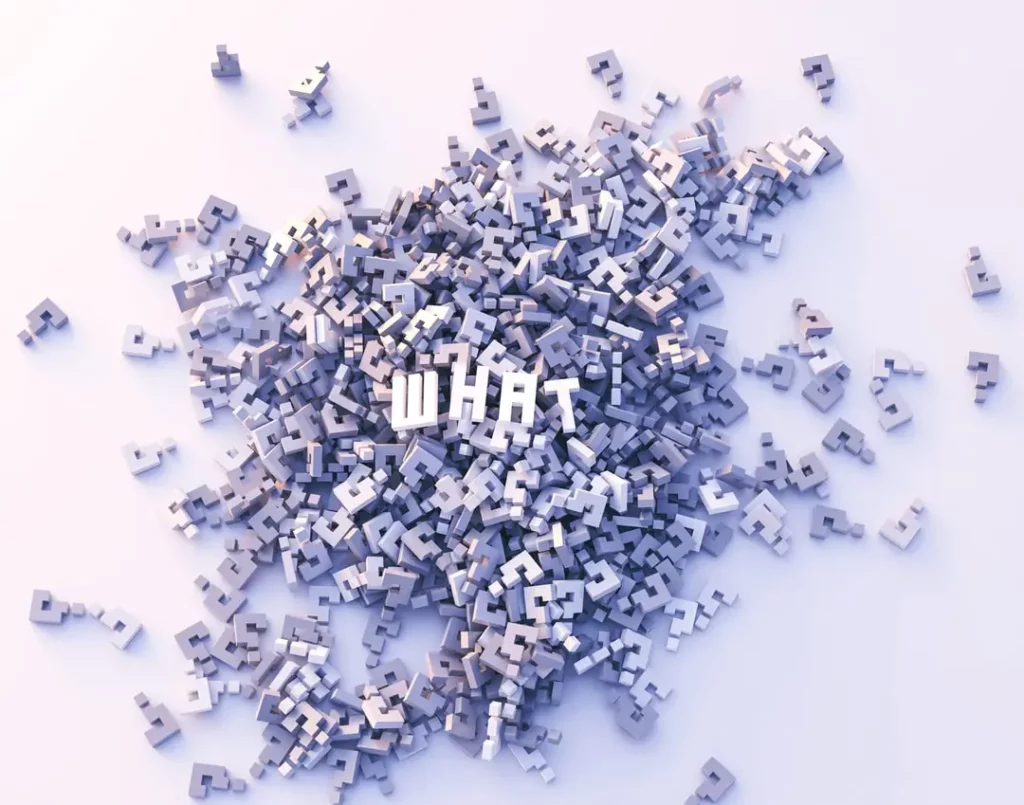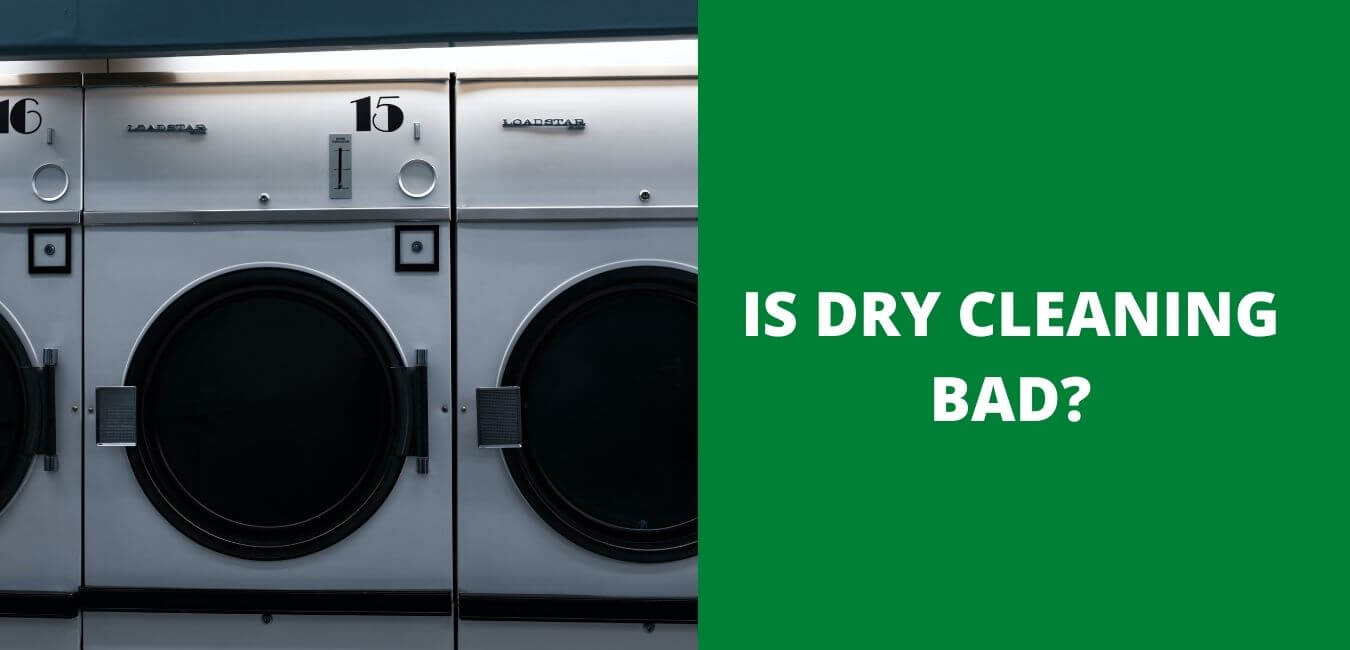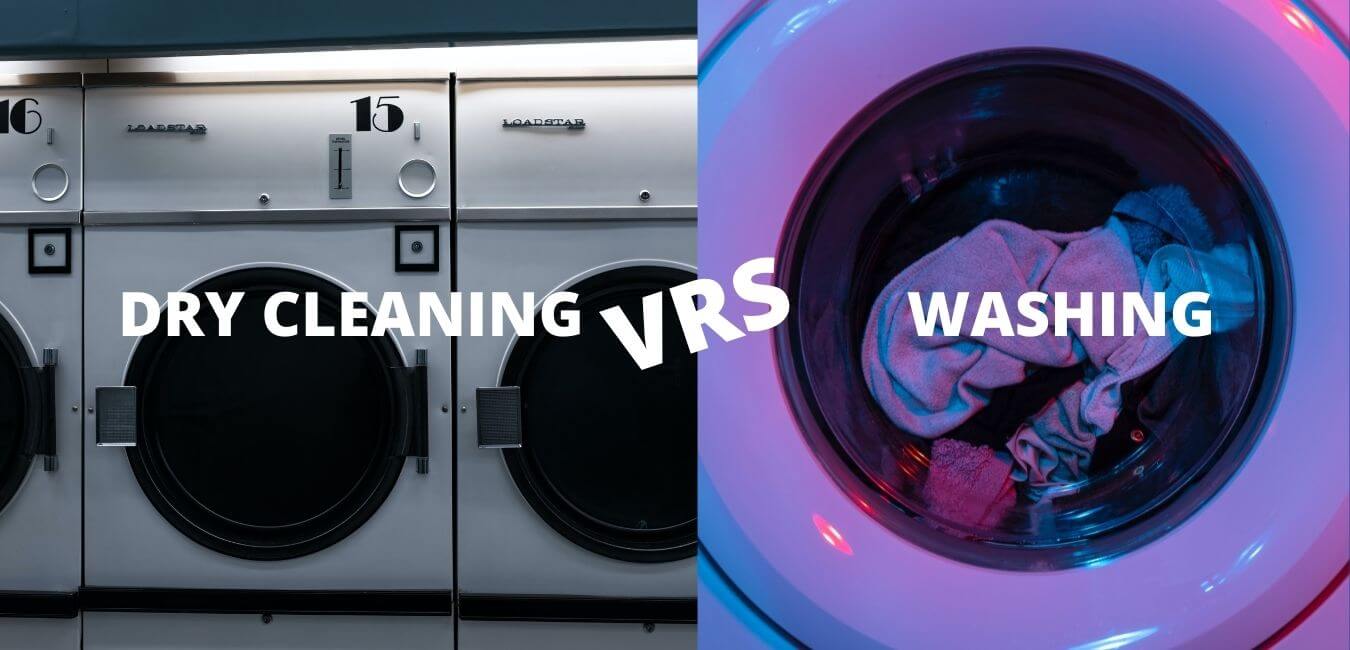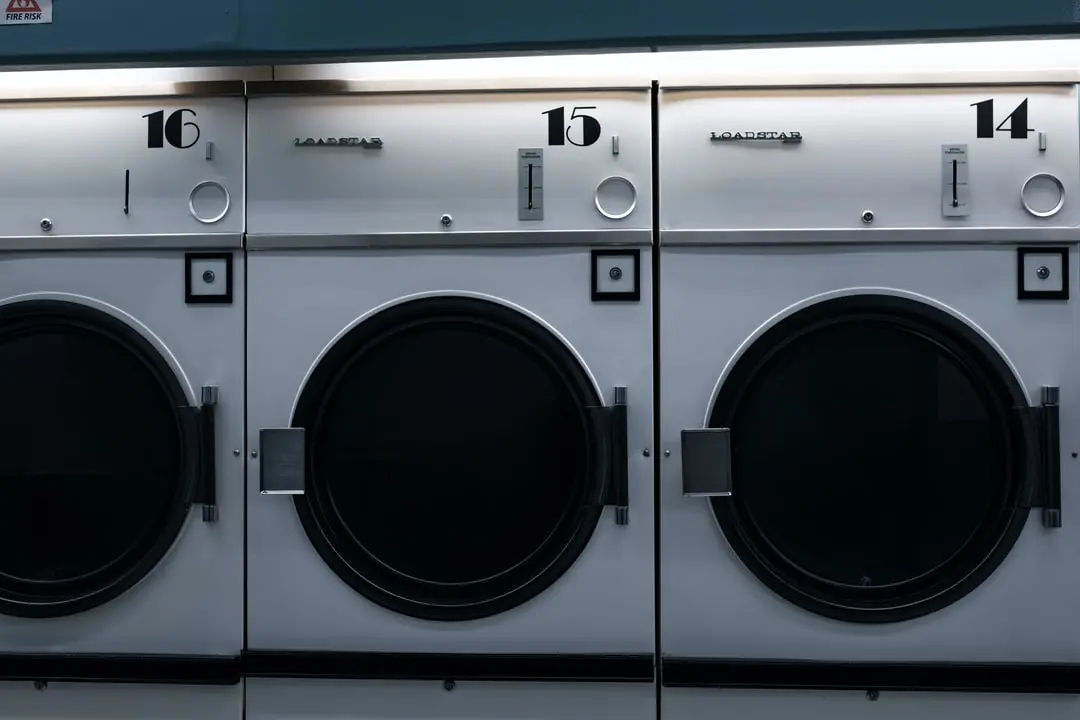Having gained much insight into dry cleaning and its processes, I have been contemplating whether the method is bad.
Just like everything else in this world, dry cleaning has its good and negative sides. The question that we should ask is, are the disadvantages of the method enough for us to label it as completely bad?
I think it’s not completely a bad method of cleaning fabrics and garments.
In this article, we will look at why it may be considered a bad method. In the end, we will answer the question of whether it is completely a bad method and should be discarded or banned.
What Are the Processes of Dry Cleaning?

Understanding the processes involved in dry cleaning proves useful in our understanding of why the method could be bad or not. Basically, dry cleaning consists of the following processes and stages:
- Identifying and inspecting garments: Here, garments are tagged for easy identification when returning to their owners.
- Spotting stains and identifying them: This helps them identify the appropriate cleaning process and ingredients for each garment.
- Sorting garments into categories and colors according to the care labels and recommendations of the fabric manufacturer.
- Dry cleaning garments with appropriate chemical solvents to remove stains.
- Drying garments under appropriate temperatures for each fabric.
- Inspecting and spotting stains and treating them.
- Pressing and final inspection of the finished product. Here, garments are packaged for delivery to their owners.
Why Is Dry Cleaning Maybe Considered Bad?

This method of cleaning is sometimes considered by some people as bad because of its side effects on fabrics and garments. Below are some of them:
Health Risks to Dry Cleaners
The process and the chemicals used in dry cleaning are said to pose significant health risks to people handling them. The chemicals such as Perc, hydrocarbons, and the rest have toxic impacts or cause diseases in people who are exposed to them. For example, a study found that Perc causes leukemia, cancer, and other problems in former dry cleaners.
The solvents used in the cleaning process also pose a danger to the health of customers of dry-cleaning services.
That is, consumers can suffer similarly or the same health challenges if they inhale or get exposed to the deposits of the dry-cleaning solvents that accompany cleaned garments. This is why many governments and institutions, such as the EPA, work hard to transform and reduce the health risks posed by the process of dry cleaning.
Environmental Problems
Research shows that dry-cleaning solvents are found to cause environmental pollution. That is, almost all the major and popular solvents have been found to be environmental pollutants. They cause air, land, and water pollution.
For example, Perc is a toxic chemical that is still used by many dry-cleaning companies that pollute the air, land, and water.
Negative Impact on Fabrics
The process of dry cleaning may have a negative impact on fabrics. For example, dry cleaning slowly fades the color of garments over time. Aside from that, most of the chemicals used in the cleaning process are harsh on fabrics and can reduce their longevity.
Why Is It Still May Be Good?
Despite the negative side of this method of cleaning, it is still a useful method for some garments. The following are some of the reasons why you may still consider it:
- It is better for removing oily stains.
- It is convenient as compared to washing.
- It is the best method for cleaning some fabrics such as silk, linen, wool, suede, etc.
- It prevents garments from shrinkage.
Is Wet Cleaning an Alternative to Dry Cleaning?

Wet cleaning is a cleaning method that makes use of a small amount of water and biodegradable detergents.
This is contrary to the methods and processes used in dry cleaning. That is, your garment will be soaked in water and a non-toxic detergent will be used to remove spots of stains on it.
The US Environmental Protection Agency suggests that wet cleaning is the most environmentally friendly method of cleaning fabrics. The following are some advantages of wet cleaning:
- Chemical solvents are not used in cleaning fabrics. This is contrary to what has been done in the processes of dry cleaning, where Perc, Hydrocarbons, Siloxane, and others that are known to be toxic are used. These chemicals are known causes of cancers, tumors, and others.
- The process of wet cleaning uses biodegradable detergents that do not cause air and water pollution. This is different in the case of dry cleaning, which is found to cause pollution.
- The detergents used are biodegradable and milder on fabrics and garments. This makes garments last longer. However, dry cleaning agents are harder on the surfaces of garments.
- It can clean any “dry-clean-only” fabrics. Even though it uses some amount of water, every “dry-clean only” garment can be cleaned using wet cleaning.
- Traces, spots, and smells of chemical solvents do not follow or linger on a wet-cleaned garment, especially the foul smell that sometimes accompanies them. This is great for consumers of wet cleaning services.
- It does not cause health problems among consumers of wet cleaning services. This is because they are not exposed to the toxic chemicals used in dry cleaning.
Due to the above benefits of wet cleaning, environmentalists advocate the use of that method in cleaning stains as opposed to the traditional dry-cleaning method.
Final Thoughts
Dry cleaning may be considered a bad cleaning method due to its accompanying negative effects on people, animals, and the environment. Notwithstanding that, I think there must be policies to make the dry-cleaning process safe for people and the environment. On the other hand, environmentalists like the EPA recommend the use of the wet cleaning method instead of dry cleaning.




